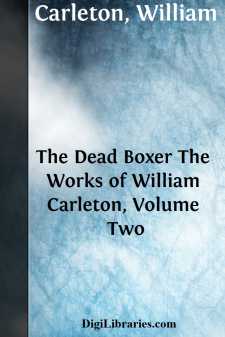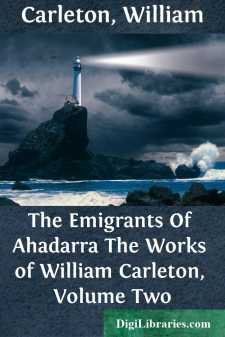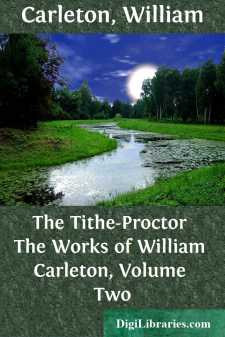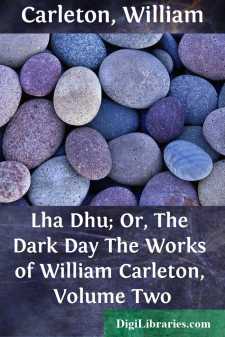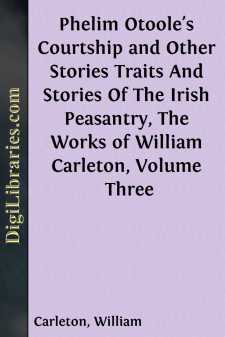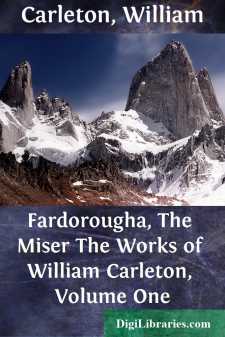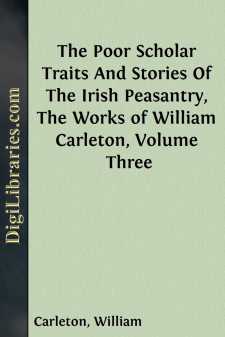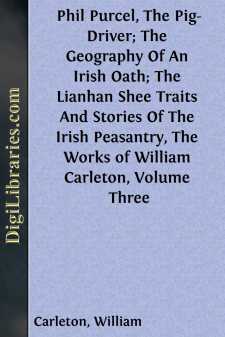Categories
- Antiques & Collectibles 13
- Architecture 36
- Art 48
- Bibles 22
- Biography & Autobiography 813
- Body, Mind & Spirit 142
- Business & Economics 28
- Children's Books 17
- Children's Fiction 14
- Computers 4
- Cooking 94
- Crafts & Hobbies 4
- Drama 346
- Education 46
- Family & Relationships 57
- Fiction 11829
- Games 19
- Gardening 17
- Health & Fitness 34
- History 1377
- House & Home 1
- Humor 147
- Juvenile Fiction 1873
- Juvenile Nonfiction 202
- Language Arts & Disciplines 88
- Law 16
- Literary Collections 686
- Literary Criticism 179
- Mathematics 13
- Medical 41
- Music 40
- Nature 179
- Non-Classifiable 1768
- Performing Arts 7
- Periodicals 1453
- Philosophy 64
- Photography 2
- Poetry 896
- Political Science 203
- Psychology 42
- Reference 154
- Religion 513
- Science 126
- Self-Help 84
- Social Science 81
- Sports & Recreation 34
- Study Aids 3
- Technology & Engineering 59
- Transportation 23
- Travel 463
- True Crime 29
The Dead Boxer The Works of William Carleton, Volume Two
by: William Carleton
Categories:
Description:
Excerpt
CHAPTER I.
One evening in the beginning of the eighteenth century—as nearly as we can conjecture, the year might be that of 1720—some time about the end of April, a young man named Lamh Laudher O'Rorke, or Strong-handed O'Eorke, was proceeding from his father's house, with a stout oaken cudgel in his hand, towards an orchard that stood at the skirt of a country town, in a part of the kingdom which, for the present, shall be nameless. Though known by the epithet of Lamh Laudher, his Christian name was John; but in those time(s) Irish families of the same name were distinguished from each other by some indicative of their natural position, physical power, complexion, or figure. One, for instance, was called Parra Ghastha, or swift Paddy, from his fleetness of foot; another, Shaun Buie, or yellow Jack, from his bilious look; a third, Micaul More, or big Michael, from his uncommon size; and a fourth, Sheemus Ruah, or red James, from the color of his hair. These epithets, to be sure, still occur in Ireland, but far less frequently now than in the times of which we write, when Irish was almost the vernacular language of the country. It was for a reason similar to those just alleged, that John O'Rorke was known as Lamh Laudher O'Rorke; he, as well as his forefathers for two or three generations, having been remarkable for prodigious bodily strength and courage. The evening was far advanced as O'Rorke bent his steps to the orchard. The pale, but cloudless sun hung over the western hills, and sun upon the quiet gray fields that kind of tranquil radiance which, in the opening of summer, causes many a silent impulse of delight to steal into the heart. Lamh Laudher felt this; his step was slow, like that of a man who, without being capable of tracing those sources of enjoyment which the spirit absorbs from the beauties of external nature, has yet enough of uneducated taste and feeling within him, to partake of the varied feast which she presents.
As he sauntered thus leisurely along he was met by a woman rather advanced in years, but still unusually stout and muscular, considering her age. She was habited in a red woollen petticoat that reached but a short distance below the knee, leaving visible two stout legs, from which dangled a pair of red garters that bound up her coarse blue hose. Her gown of blue worsted was pinned up, for it did not meet around her person, though it sat closely about her neck. Her grizzly red hair, turned up in front, was bound by a dowd cap without any border, a circumstance which, in addition to a red kerchief, tied over it, and streaming about nine inches down the back, gave to her tout ensemble a wild and striking expression. A short oaken staff, hooked under the hand, completed the description of her costume. Even on a first glance there appeared to be something repulsive in her features, which had evidently been much exposed to sun and storm. By a closer inspection one might detect upon their hard angular outline, a character of cruelty and intrepidity....


